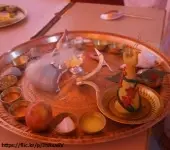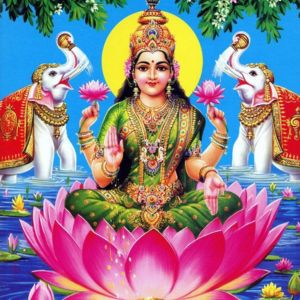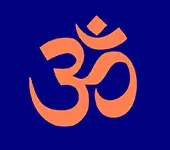Recommended for you
Alakshmi, The Goddess Of Poverty

Alakshmi is responsible for hunger and thirst (poverty). Thirst in this context also means greed and material pursuits. Alakshmi is described as dirty....
Click here to know more..Name of the mother used to be more important
 Click here to know more..
Click here to know more..
Mahalakshmi Ashtottara Shatanamavali

om ambikaayai namah' . om siddheshvaryai namah' . om chaturaashramavaanyai namah' . om braahmanyai namah' . om kshatriyaayai namah' .....
Click here to know more..
English Topics
Mantra Shastra
Click on any topic to open
- 35 Why There Are Different Mantras For The Same Devata
- 34 Is Idol Worship Only For Beginners?
- 33 The Symbolism Of Madhu Kaitabha Story
- 32 Agneyastra
- 31 What is a beeja mantra?
- 30 How Mantras Have Got The Power To Manifest
- 29 Mantras Are Targeted Vibrations
- 28 What exactly is Tanmatra?
- 27 What are the qualities of a Guru?
- 26 Awareness levels of vibrations
Please wait while the audio list loads..
30
Ganapathy
Shiva
Hanuman
Devi
Vishnu Sahasranama
Mahabharatam
Practical Wisdom
Yoga Vasishta
Vedas
Rituals
Rare Topics
Devi Mahatmyam
Glory of Venkatesha
Shani Mahatmya
Story of Sri Yantra
Rudram Explained
Atharva Sheersha
Sri Suktam
Kathopanishad
Ramayana
Mystique
Mantra Shastra
Bharat Matha
Bhagavatam
Astrology
Temples
Spiritual books
Purana Stories
Festivals
Sages and Saints
